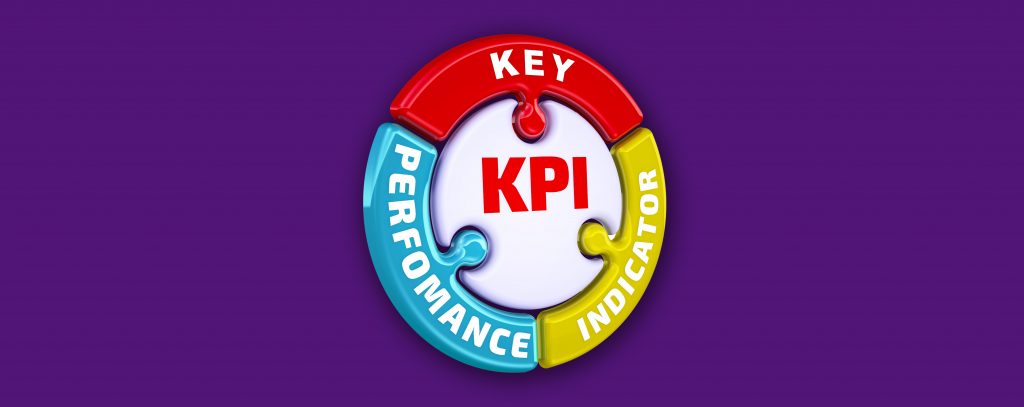How do you evaluate your training? How do you know it’s effective? Is the amount of time and effort you are putting
into designing the training being matched in its results in your employees on the job?

These are questions a learning professional has to ask themselves frequently. To align yourself with your business’s goals and become essential to your organization, you have to be able to measure your training and prove it’s effective, has money-saving potential and its ROI is positive.
An industry standard that can add strength to your training reports is the Kirkpatrick Model. This model, created by Dr. Don Kirkpatrick in the 1950s…”considers the value of any type of training, formal or informal, across four levels. Level 1 Reaction evaluates how participants respond to the training. Level 2 Learning measures if they actually learned the material. Level 3 Behavior considers if they are using what they learned on the job, and Level 4 Results evaluates if the training positively impacted the organization.” (cited from www.kirkpatrickpartners.com)
Let’s take a look at each level:
Level 1 – Reaction
Level 1 solicits opinions of the learning experience following a training event or course. Typical questions concern the degree to which the experience was valuable (satisfaction), whether they felt engaged, and whether they felt the training was relevant. Training organizations use that feedback to evaluate the effectiveness of the training, students’ perceptions, potential future improvements, and justification for the training expense. A variety of sources estimate that approximately 80 percent of training events include Level 1 evaluation.
Level 2 – Learning
Level 2 measures the degree to which participants acquired the intended knowledge, skills and attitudes as a result of the training. This level is used by instructors and training executives to determine if training objectives are being met. Only by determining what trainees are learning, and what they are not, can organizations make necessary improvements. Level 2 can be completed as a pre- and post-event evaluation, or only as a post-evaluation.
Level 3 – Behavior
Level 3 measures the degree to which participants’ behaviors change as a result of the training – basically whether the knowledge and skills from the training are then applied on the job. This measurement can be, but is not necessarily, a reflection of whether participants actually learned the subject material. For example, the failure of behavioral change can be due to other circumstances such as individual’s reluctance to change. Level 3 evaluation involves both pre- and post-event measurement of the learner’s behavior.
Level 4 – Results
Level 4 seeks to determine the tangible results of the training such as: reduced cost, improved quality and efficiency, increased productivity, employee retention, increased sales and higher morale. While such benchmarks are not always easy or inexpensive to quantify, doing so is the only way training organizations can determine the critical return on investment (ROI) of their training expenditures. One typical challenge is to identify whether specific outcomes are truly the result of the training. Level 4 requires both pre- and post-event measurement of the training objective. (reaction levels 1-4 cited from https://www.trainingindustry.com/wiki/entries/four-levels-of-evaluation.aspx)
And how do you implement each level?
Level 1 Reaction:
The first step is to find out if your learners liked the training. Questions like “was it worth your time?”, or “what were the pros and cons of the training?”, or “was the instructor helpful and reactive?” These are usually asked in post-training evaluations. Then, you can make changes to the actual training to improve material, instructor behavior or venue details.
Level 2: Learning
The second step is to determine what you need to evaluate. Is it actual skills? Learner knowledge level, or behavior? Sometimes a pre-training test to see where levels are can help set a baseline for your post-training evaluation. Then you can compare results.
You can also test learners after the training with interviews, rather than just a paper or electronic evaluation.
Level 3: Behavior
Level 3 can be more time consuming, it requires long term evaluations to see if learned skills are being applied and used on a regular basis. Has behavior changed? Are these new behaviors being taught to new team members? Conducting interviews over time can answer these questions. Just know that your results will not be immediate!
Level 4: Results
The toughest, and potential most expensive level, this requires long term study. Is your morale at work higher? Have you reduced waste? Things like lower employee turnover, increased sales, and increased customer satisfaction can indicate success.
“It is common for trainers to get stuck in Levels 1 and 2 and never proceed to Levels 3 and 4, where the most useful data exist. Today, Kirkpatrick-certified facilitators stress “starting with the end in mind,” essentially beginning with Level 4 and moving backward in order to better establish the desired outcome before ever planning the training program. When done strategically, reaching these levels does not have to be any more expensive or time consuming, but will still help to ensure on-the-job performance of learned behaviors and skills,” said Jason Ruff, AXIOM’s Executive Director of Sales & Marketing.
With some modifications, this model can be very effective, has stood the test of time and should be used in your training department to maximize the benefits of your learning events.
-L&D thoughts
-Have a thought on our blog post? Please comment below, we love to start new discussions!
